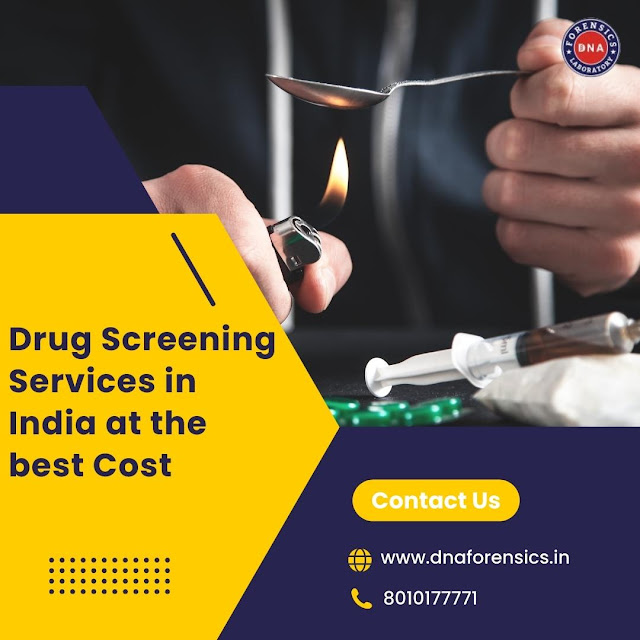Nail Alcohol Testing – Easy | Accurate | Effective
Our society has been profoundly and deeply affected by alcoholism for centuries. From the earliest times to the present day, the consumption of alcohol has been alternately steeped in tradition and made commonplace. Humanity has long struggled with the social problems caused by alcoholism. Nowadays, highly targeted alcohol advertising invades nearly every aspect of our lives. Several social platforms knowingly and unknowingly contribute to the perception that alcohol is inextricably linked to our joys and tragedies, leading to alcohol abuse. So, to determine the time frame of alcohol abuse, hair testing was conducted, but many circumstances render this approach impossible due to cosmetic reasons, religious grounds, or unwillingness to undergo are all potential issues. So what are the other options? The answer is in your hands. Quite literally. Nail alcohol testing is a highly accurate and less problematic way of testing for alcohol addiction.
Alcohol Testing with Nails
Hair and nails are formed by keratin, the fibrous protein that traps drug and alcohol biomarkers. But, nail keratin being 4x thicker, nails will often capture and retain their biomarkers for a longer period of time. Alcohol Nail Testing is done by analyzing ethyl glucuronide (EtG). EtG is a direct biomarker because it is produced when alcohol is metabolized in the body. It contrasts to indirect biomarkers such as carbohydrate-deficient transferrin (CDT), aspartate aminotransferase (AST), etc. Indirect markers measure the impact of ethanol consumption on health. Other conditions such as age or certain diseases may perplex indirect biomarkers. In the liver, ethanol is converted to EtG and reaches the nails via the bloodstream, primarily through the nail bed capillaries.
One of the flaws that many fail to acknowledge in hair testing is that if a client chemically treats their hair, results will be skewed by the biomarkers being washed away, a problem that doesn't occur in nail testing.
How are Samples Collected for Alcohol Nail Test?
In a Nail Alcohol Test, if the nail length is at least 5 mm, a single nail clipping can suffice for the test. For shorter nails, it's better to take nail clippings from several fingers. You can use fingernails or toenails, but never both at once. But most of the time, nail clippings are needed in 10 mg (approx.) amount for a conclusive result.
Advantages of Nail Alcohol Testing
Toxicological and pharmacokinetic studies have been using nail samples for decades. Now, nails are demonstrating their value in the drug testing field also. They are emerging as a popular specimen type with distinctive advantages over hair alcohol testing. Listed as follows:
- Nail analysis can provide detailed information about alcohol consumption and is simple-to-collect, and easy-to-transport sample.
- It is highly stable and doesn’t degrade easily.
- Longer window of detection: for up to a 12-month overview
Why DNA Forensics Laboratory for Alcohol Nail Testing?
DNA Forensics Laboratory Pvt. Ltd. is a trusted Indian company providing best-in-class nail alcohol testing services for the first time in India. We provide 100% accurate, conclusive, and reliable nail alcohol tests at reasonable prices. Moreover, we are the only private lab/company providing legal DNA tests for court cases.
We have been trusted by the Indian courts and various law-enforcement agencies for our credibility. We perform DNA tests based on the highest standards, uncompromised ethical and moral codes, and adherence to industry standards. Furthermore, at DNA Forensics Laboratory, we prioritize the customers' confidentiality. Therefore, we send the test report to only the registered customer's email id.
To learn more or book a Nail Alcohol Testing in India, talk to our customer support executives on the given numbers: +91 8010177771 (Call), +91 9213177771 (WhatsApp)




Comments
Post a Comment